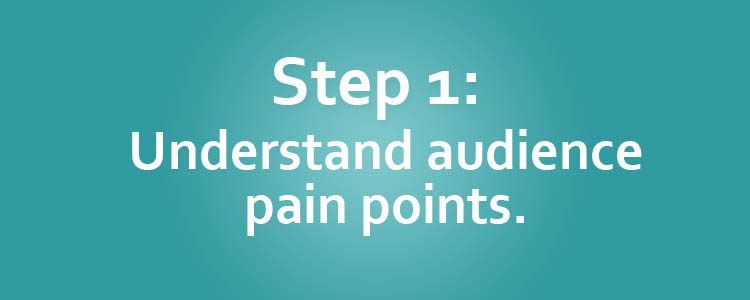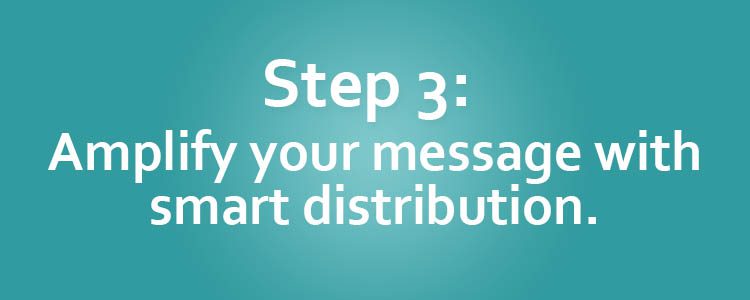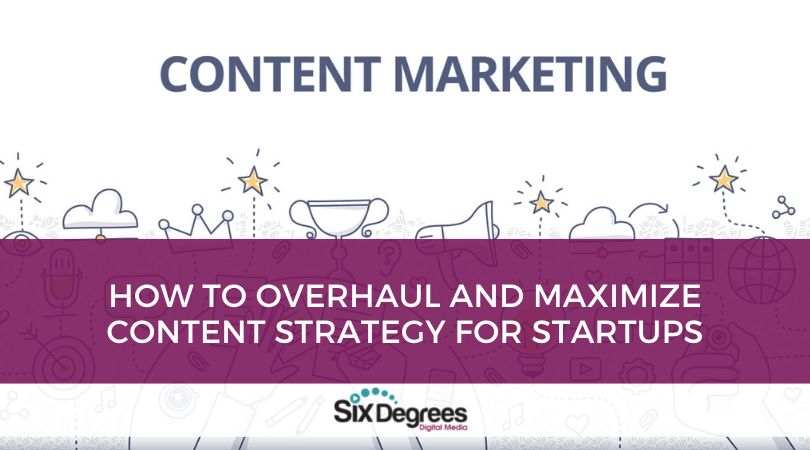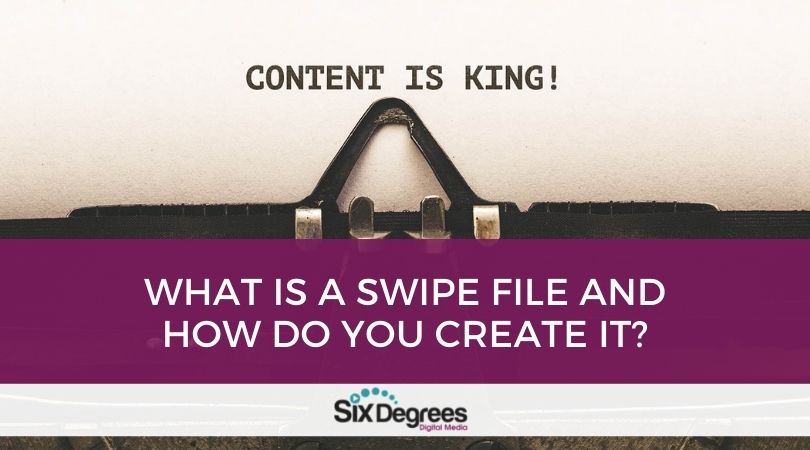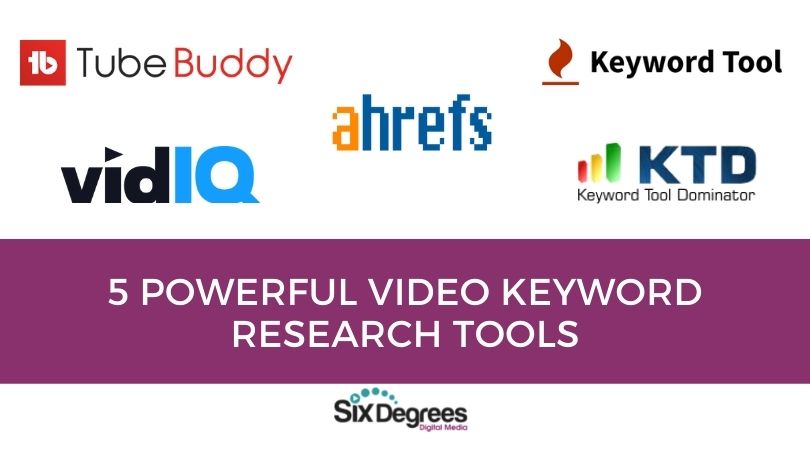In a world that’s drowning in digital clutter, creating content that connects with your audience can feel like a Herculean task. Part of the problem is our perspective. We’ve been conditioned to equate social media performance with content success. But creating effective content your audience actually wants – and delivers business results – is about more than scoring a temporary viral pop. It’s about creating content that builds brand affinity for the long haul and increases lifetime customer value.
Here are the questions you should be asking:
- What content will keep our audience engaged and coming back for more?
- Which pieces are positively impacting our audience’s perception of our brand?
- How does our content align with our customer sales cycle (awareness, evaluation, decision making, retention, and evangelism)?
These are three foolproof steps for honing in on the answers and creating an effective content that drives business results.
Step 1: Understand audience pain points.
Yes, it’s this simple: do your research. What are the top problems facing your audience? How can your content solve these pain points?
Your content doesn’t need to provide a complete solution, but it should speak directly to the issues that cause friction in your audience’s day.
Depending on your industry and target audience, Google Suggest, Quora, Reddit, and Buzzsumo are all effective tools for starting your audience research. You can also use customer surveys, market/industry research, LinkedIn groups, and social listening to gain additional insight.
During the research phase, dig deeper into trending issues. For example, maybe your audience is struggling with email marketing. What aspect of email marketing is the problem? Do they need help with list segmentation, A/B testing, or crafting the perfect subject line?
The more you understand your audience’s pain points, the easier it will be to craft an effective message that speaks to their specific needs.
Step 2: Pick the right media format.
Ever heard the phrase, “the medium is the message?” It means that the medium for transmitting a message – be that a video, a social media post, or a blog post – can become more important than the actual content of the message. The right media format enhances and complements your message, making it easier for your target audience to consume. The wrong format overwhelms your content, drowning out your key points.
There are two key components to this: picking a media format and then considering how to utilize this format. For example, video is one of the hottest content marketing formats with 87% of companies planning to use video in 2019.
But within the umbrella group of “video” there are many different formats: whiteboard explainer videos, how-to tutorials, animated stories, and customer testimonials, to name a few.
You’ll also need to consider length: will you have a longer version on YouTube and a shorter version for social media? Will the videos be part of a series? To answer these questions, go back to your audience research and consider how the media format you choose will enhance the delivery of content that solves their business pain points.
Step 3: Amplify your message with smart distribution.
You hit publish on that perfect blog post or video and then… crickets. No bump in website traffic, no downloads, and no new prospective clients, just a smattering of likes on social media. So what gives? Content creation is just half the battle. Smart distribution is the secret sauce that turns great content into effective content.
Returning to your initial audience research, consider the channels your audience is most active on and their preferences for information consumption. A multi-prong strategy can help you reach your audience at the right moment when they are most receptive to your message.
This could mean sharing a blog post on LinkedIn and then paying a nominal amount to boost this post to your target audience, in addition to including the blog post link in your weekly email newsletter.
Finally, avoid the temptation to simply repeat your distribution strategy with each content piece. Audience needs and content consumption preferences can change. Monitor your engagement and response KPIs and be prepared to adjust distribution to capitalize on new engagement opportunities.
If you need some assistance with your content strategy, schedule a call with us. Or if you’re simply looking to repurpose your content with video, we’re happy to help with that as well.


